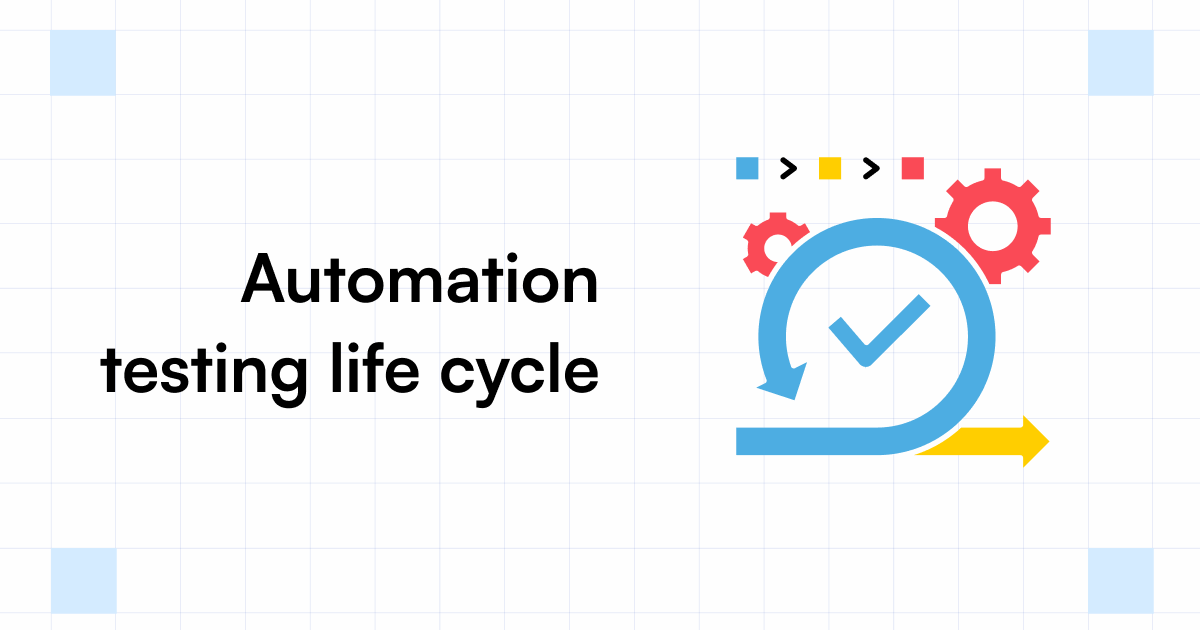Selecting the Right Equipment for Effective Automation Testing Solutions
Selecting the Right Equipment for Effective Automation Testing Solutions
Blog Article
Guaranteeing Success in Automation Evaluating: Secret Metrics, Challenges, and Solutions Every QA Team Need To Know
In the realm of software quality assurance, the landscape of automation testing is ever-evolving, requiring a meticulous approach to make certain smooth procedures. The trip to grasping automation testing is paved with nuances that call for an eager eye for tracking, analysis, and continuous improvement. As the market pushes ahead, the quest for optimal efficiency in automation screening continues to be a constant pursuit, prompting QA groups to furnish themselves with the understanding and techniques important for victory.
Value of Secret Metrics
Comprehending the relevance of vital metrics is important for evaluating the efficiency and efficiency of automation testing procedures. Secret metrics work as measurable steps that provide valuable understandings into numerous elements of the screening process, such as examination protection, test implementation time, problem thickness, and test instance efficiency. By assessing these metrics, QA teams can identify bottlenecks, inefficiencies, and locations for improvement within their automation screening framework.
One vital aspect of vital metrics is their ability to track development and monitor the general health of the testing procedure (automation testing). They allow stakeholders to make enlightened decisions based on data-driven understandings, which can lead to a lot more effective screening techniques and much better source allotment. In addition, key metrics can aid teams established realistic goals, gauge the success of automation campaigns, and demonstrate the ROI of automation testing initiatives

Usual Difficulties Dealt With
Challenges typically encountered in automation testing processes can significantly influence the general efficiency and performance of QA teams. One of the major obstacles is the choice of the right examination situations for automation. Not all examination situations are suitable for automation, and picking the incorrect ones can cause lost time and sources. Furthermore, maintaining test scripts can be a daunting job, particularly as the application undergoes constant changes. Test script upkeep needs continual updates and adjustments to ensure they reflect the existing functionality precisely. Another usual obstacle is the first investment needed for establishing automation structures and tools. This can be an obstacle for some companies, especially smaller sized ones with minimal budgets. Automation testing may not cover all facets of screening, such as usability and individual experience screening, which still require manual intervention. Getting over these obstacles requires proper preparation, critical test instance choice, robust upkeep procedures, adequate resources, and a clear understanding of the restrictions of automation screening.
Effective Solutions for Difficulties
To attend to the challenges run into in automation screening, executing effective services is important for enhancing the performance and efficiency of QA teams. One vital remedy is to purchase robust training programs for QA groups to ensure they have the necessary abilities to successfully utilize automation tools. Training can bridge expertise gaps, boost understanding of automation structures, and enhance scripting capabilities, inevitably causing extra reliable test creation and implementation.
One more vital option is to establish clear interaction networks within the QA team and with various other stakeholders, such as developers and project managers. Reliable communication aids in lining up assumptions, sharing progress updates, and without delay addressing issues or obstacles that may develop during the automation screening procedure.

Monitoring and Evaluation Methods
Executing reliable tracking and evaluation techniques is crucial for making sure the success and efficiency of automation testing procedures. Additionally, evaluating examination results and metrics gives important understandings right into the quality of the software application being examined and the effectiveness of the testing approach.
One key method in surveillance and evaluation is making use of dashboards that combine pertinent metrics and KPIs in an aesthetically easily accessible layout. These control panels offer an extensive summary of test execution status, examination coverage, flaw patterns, and other critical information. Consistently reviewing and analyzing these dashboards can assist QA teams make notified decisions, prioritize jobs, and optimize testing initiatives.
Furthermore, executing automated notifies and notices based on predefined thresholds can enhance proactive monitoring and prompt treatment. By establishing signals for efficiency inconsistencies or examination failings, groups can attend to issues quickly and prevent them from escalating. Overall, monitoring and evaluation strategies play an essential function in guaranteeing the performance and success of automation screening efforts.
Continuous Improvement Approaches
Enhancing the efficiency of automation screening processes necessitates the regular improvement of methods and methods. Continual enhancement techniques are pivotal for QA groups to adjust to progressing technologies and supply high-grade software program products. One vital strategy to improving automation testing procedures is to carry out regular evaluations and retrospectives. By evaluating previous testing cycles, groups can determine traffic jams, ineffectiveness, and areas for improvement. Executing responses best site loops and including lessons discovered right into future testing structures can yield significant renovations in time.

Conclusion
To conclude, it is vital for QA teams to recognize the crucial metrics, Discover More Here obstacles, and remedies in automation testing to guarantee success. By thoroughly keeping an eye on and assessing data, applying efficient remedies to typical challenges, and constantly boosting techniques, QA groups can optimize their screening procedures and deliver high-grade software application products. Following these techniques will ultimately cause more effective and reliable automation testing techniques.
By examining these metrics, QA teams can recognize traffic jams, ineffectiveness, and locations for renovation within their automation testing framework.
In addition, crucial metrics can assist teams set practical goals, measure the success of automation efforts, and demonstrate the ROI of automation screening initiatives.
Challenges typically come across in automation screening procedures can significantly affect the total efficiency and effectiveness of QA teams. Automation testing may not cover all elements of screening, such as functionality and customer experience screening, which still require hands-on intervention.In my sources final thought, it is vital for QA groups to recognize the vital metrics, obstacles, and solutions in automation screening to ensure success.
Report this page